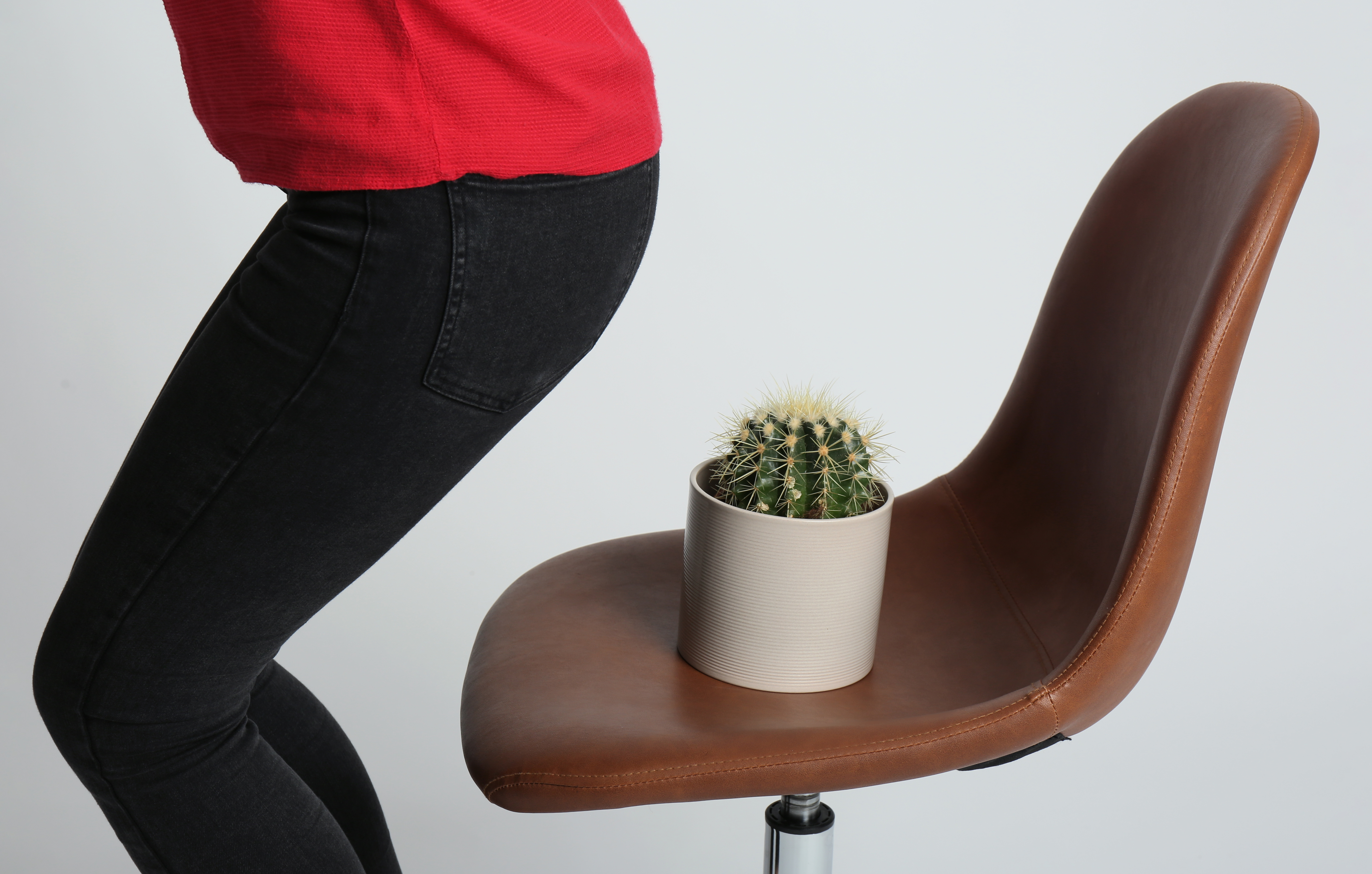If you spend much of your working day sitting down, could you actually be leaving yourself open to health issues? From a business point of view might working for part of the day help to increase productivity? Many companies now are encouraging workers to spend more time standing rather than simply sitting down all day.
What are the benefits?
Some research suggests that tackling certain tasks, such as checking emails and even taking phone calls are handled more effectively when standing rather than sitting down. The same is believed to be true when negotiating monotonous or repetitive tasks with research suggesting that not only is more work completed, but it’s done quicker too.
How can sitting down affect your health?
The average office worker spends around 5 hours 40 minutes sitting at their desk with research showing that being sedentary for much of the working day is associated with a range of health problems. By incorporating standing or pacing into a daily routine many of the negative effects of extended sitting can be countered.
Here’s how sitting affects your health: when sitting down in your chair, your calorie burning slows to a third of the rate compared to standing up. Metabolism drops. As a result, your risk of becoming obese and developing diabetes grows.
Is standing up all day a good alternative?
As with everything of this nature, the research can sometimes be a little misleading. Ideally it’s best to try and strike a workable balance between standing and sitting down as working standing up can also lead to the development of a number of ailments too. These might include as varicose veins and carotid atherosclerosis, a disease of the arteries.
If it’s possible to include some degree of walking into your routine this can be key to maintaining good health. Walking utilises many of the muscles that are inactive whilst you are sitting down.
Tips for staying healthy in the workplace
- Use a gel mat – If you do need to stand for long periods using a gel or anti-fatigue mat supports your feet and lessens pressure on your body. As a result, you’ll stand longer.
- Do simple exercises throughout the day – Doing air squats is a great way to break down fats in your body and improve circulation in your legs. Do as many squats as you can between tasks or before lunch. You could do walking meetings, which not only add to your physical activity count, but stimulates alertness and creativity. Simple choices like taking the stairs instead of the elevator, once added up, could benefit your health.
- Prioritise productivity – If you’re spending too much time fretting about your routine or overexerting, it’s not worth it. If you feel uncomfortable standing after a while, sit. You can always go back to standing later. You’ll get into a rhythm over time. For example, you could start the day by standing, and tie in certain tasks with it. As the day wears on, you could sit and pair that with other routines. Or, if you prefer, switch between sitting and standing many times a day to keep yourself energised.
- Getting your sitting and standing posture right – Finally, it’s not just how long you stand, but how you stand. Check guidelines on how to achieve the best posture both when sitting and standing.
Following in the footsteps of giants
If you need proof of the benefits of working healthily, Winston Churchill, Virginia Woolf, Ernest Hemingway and Charles Dickens were all advocates of working at standing desks and they all proved to be pretty successful in their fields!
If you’d like to find out more about call recording or call logging software please don’t hesitate to give us a call; we’d be happy to tell you everything we know – which happens to be rather a lot! Drop us a line on 0333 0022 440, or contact us. We’re here ready to help

